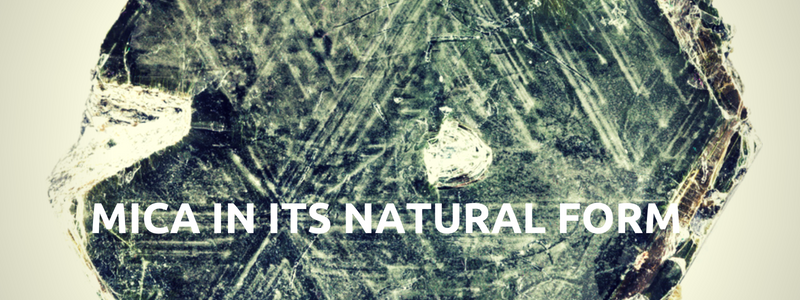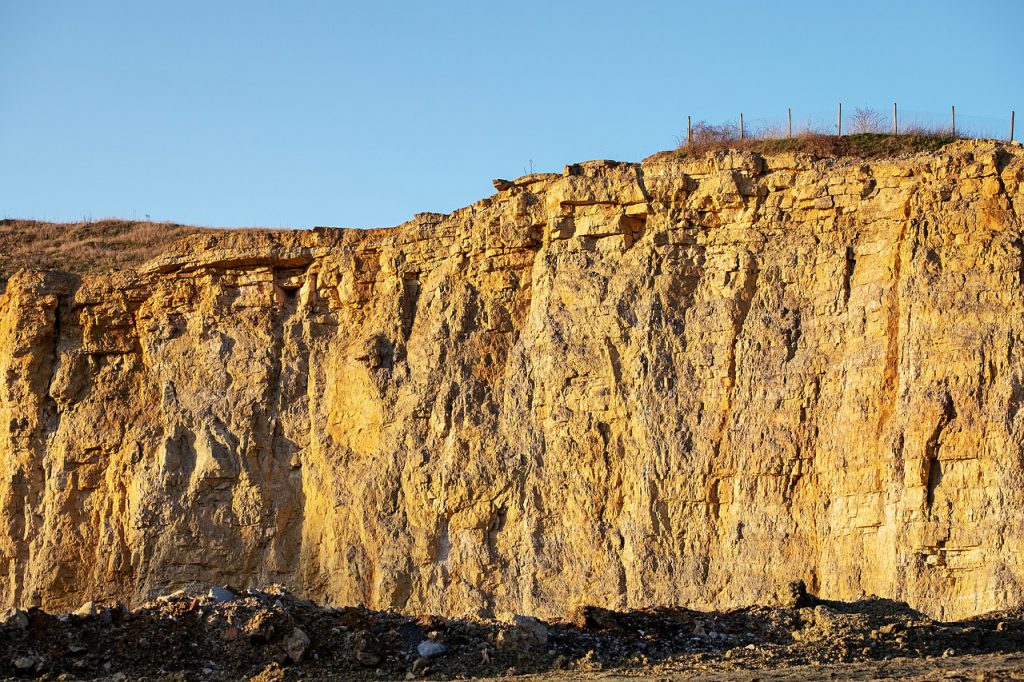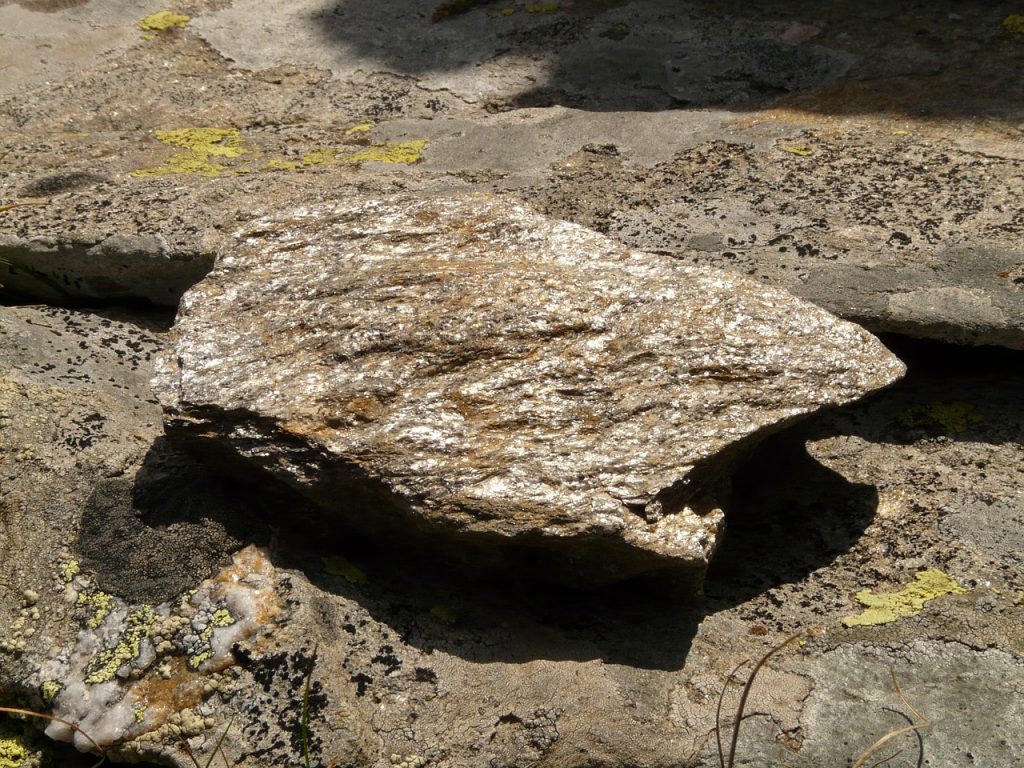
Mica is a critical contributor to many industries, businesses and manufacturing processes because of its natural qualities and benefits as an insulation material. However, before it gets to this stage, mica is a raw material, and in its natural form it must first be sourced and extracted through mining.
In fact, there are two distinct but interconnected mica mining industries, producing sheet mica and flake or ground mica. Each of these goes on to produce different end products.
Flake or ground mica is used principally in paints and coatings, plastic, rubber and cosmetics. It acts as both a filler and extender, and has certain properties which make it useful for improving the quality of paints and brightening the tone of pigments. It is also a reliable reinforcing agent and acts as a lubricant when manufacturing moulded rubber products.
On the other hand, sheet mica is the mica with insulation and dielectric qualities, and the mica which forms the basis for many of Elmelin’s high temperature and industrial insulation products and solutions.
What is Natural Mica?

Mica is a silicate material, which means it contain anions – ion charges containing more electrons than protons – consisting of silicon and oxygen. Silicates are important in a wide range of applications, from artistic to industrial and manufacturing.
It occurs in igneous rock, which is formed from layers of volcanic magma or lava, and is also found in sedimentary and metamorphic rock formations.
The mica supply chain starts with the mining of mica crystals. These come in rough, irregular blocks and may contain impurities or imperfections. Later, they will undergo various processes to make them suitable for different applications.
While there are 37 types of natural mica, the main two categories are muscovite or white mica, and phlogopite or green mica. Muscovite, lighter in appearance, has superior electrical properties; while phlogopite mica has better resistance to intensely hot temperatures.
Mining for Sheet Mica
Coarse grained igneous rocks known as pegmatites are a rich source of mica, as they are of other minerals such as quartz and feldspar. Mica crystals require careful extraction at the mining stage so as not to damage them. Therefore, when mining companies discover a pocket of mica in pegmatite, they must ascertain the best way of extracting it.

There are two methods for mining sheet mica: deep shaft mining and open-pit surface mining.
Deep shaft mining involves driving a main shaft underground, through the pegmatite at angles that will allow for access to the mica crystals, using drills, hoists and explosives. There may also be crosscuts made, extending out of the main shaft to get to other mica pockets more effectively.
Where this mining requires explosives, these will typically be small charges of between 40% and 60% strength, designed to help remove the mica crystals but not damage them in the process. The explosive charge should just be sufficient to loosen the mica from the surrounding rock and make it easier to extract.
Open-pit mining of mica can also occur, but only where the pegmatite ore is semi-hard.
Mica mining and subsequent processing is labour-intensive. Once extracted, the mica must be sorted by hand and placed in boxes. The mica is then transported to locations where intensive assessing, grading, splitting and cutting can take place.
At the crucial trimming stage, this raw mica is cut to various sizes according to its destination markets. The various uses of mined mica will depend very much on its grade and type.
Mica has properties which mean that on splitting, it cleaves to thin sheets, known simply as mica sheets. to find out more about how mica sheets are made, have a look here.
Who Mines Mica?
Some of the largest deposits of mica are on the Indian subcontinent, in Bihar and Jharkhand in eastern India. This, combined with low labour costs and mica mining’s labour-intensive methods, has meant that India is now a leading provider of mica to industries on a global scale.
Are there ethical issues?
There have been concerns raise about child labour in mica mining in India, alongside safety concerns with mica mining processes.
Recently, the Indian government has announced the legalisation of mica mining in the country as a way of introducing better regulatory practices. Furthermore, the authorities have announced that they will tackle disuses mica mines to help prevent children scavenging on these unsafe sites.
Nature’s Perfect Insulation
While there are no global overviews of the mica market, it has wide uses in a broad range of industries. Recent research has suggested that its total market value is around half a billion US dollars, with India and China responsible for most mica processing. Demand for mica continues to rise and consequently the market for it continues to grow.

The different grades of mined mica are identifiable by specific industry codes, ranging from mica in its most basic forms to semi-finished mica products.
The electronics industry is a major user of mica, due to its flexibility, perfect cleavage and superior chemical and electrical properties. For electrical insulation, mica offers low thermal and electrical conductivity combined with high dielectric strength – to the extent that it outperforms other comparable materials because of its resistance to high temperatures.
Moreover, mica is used in large numbers of everyday consumer appliances, from hairdryers to microwave ovens.
It provides the foundation for safe insulation and thermal management in the foundry and steel industry; and it has advanced applications for safety and performance in both the aerospace and automotive industries.
While mica is a naturally-occurring mineral, it also has significant, underlying presence in its various processed forms as product that is fundamental to many manufactured goods and industrial processes, whether it’s in the form of components mounted on a circuit board, or as an essential insulation material for a car battery.
Can Mica Help You?
Elmelin supports a range of industries and manufacturers with mica-based products, drawing on this mineral’s natural properties and excellent adaptability in providing high temperature insulation solutions. Could you benefit? Discover more by calling us on +44 20 8520 2248, or emailing sales@elmelin.com. Alternatively, fill in our enquiry form and we’ll get back to you as possible.
